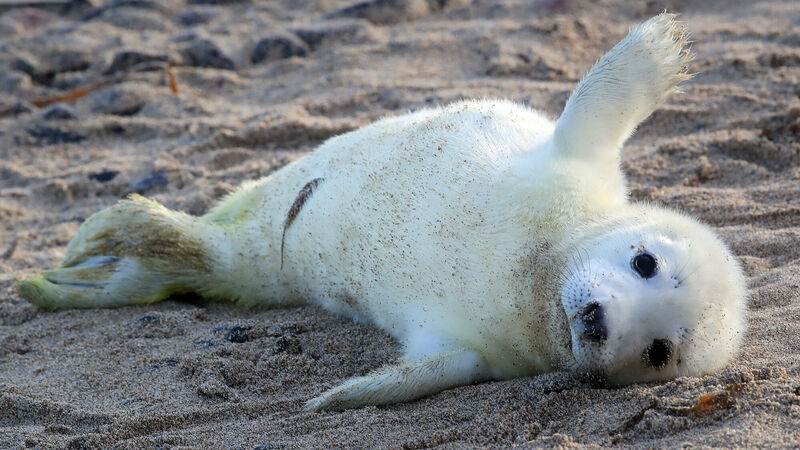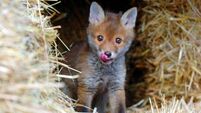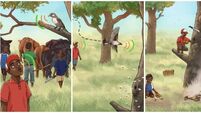Anja Murray: Life and death among Ireland's wild seals

Anja Murray: "The distinctive fluffy white coat of young grey seals is not yet properly waterproof, so they are not yet ready to go to sea." Picture: Owen Humphreys/PA Wire
Humans have long considered seals, with their big, dark endearing eyes, to be kindred to our kind. Irish and Scottish folklore is rich with stories of selkies — human-seals who shape shift, straddling the worlds of water and land, and sometimes even falling in love and having human families, before eventually being drawn back to life at sea. Not only do we share these ancient stories with the Scots, but grey seals themselves also travel easily between Scotland’s northern isles and Irish coastlines, frequently making the journey there and back several times a year.
Right now, pregnant seals are preparing to come ashore for the birthing season. For grey seals, this begins in September and continues through to November, when seal mothers haul themselves up on to remote beaches in undisturbed areas to give birth to a single pup each.








